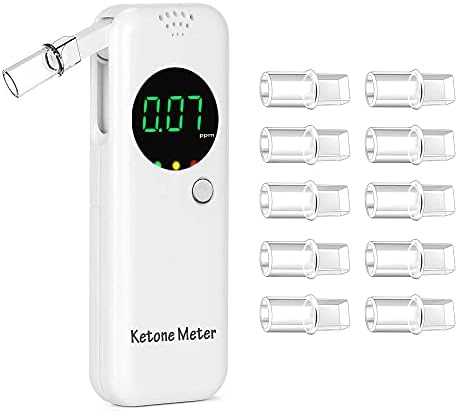Green Keto Diet Explained: Embracing Eco-Friendly Low-Carb Nutrition
This post contains affiliate links. If you make a purchase through these links, I may earn a small commission at no extra cost to you. Learn more.
The green keto diet is an exciting twist on the traditional ketogenic diet that focuses on incorporating plenty of green, nutrient-rich foods.
By emphasizing vegetables such as spinach, kale, and broccoli, this version of keto ensures a sustainable approach to low-carb living.
Not only does it promote weight loss by reducing carbs, but it also supports overall health with a focus on whole foods.
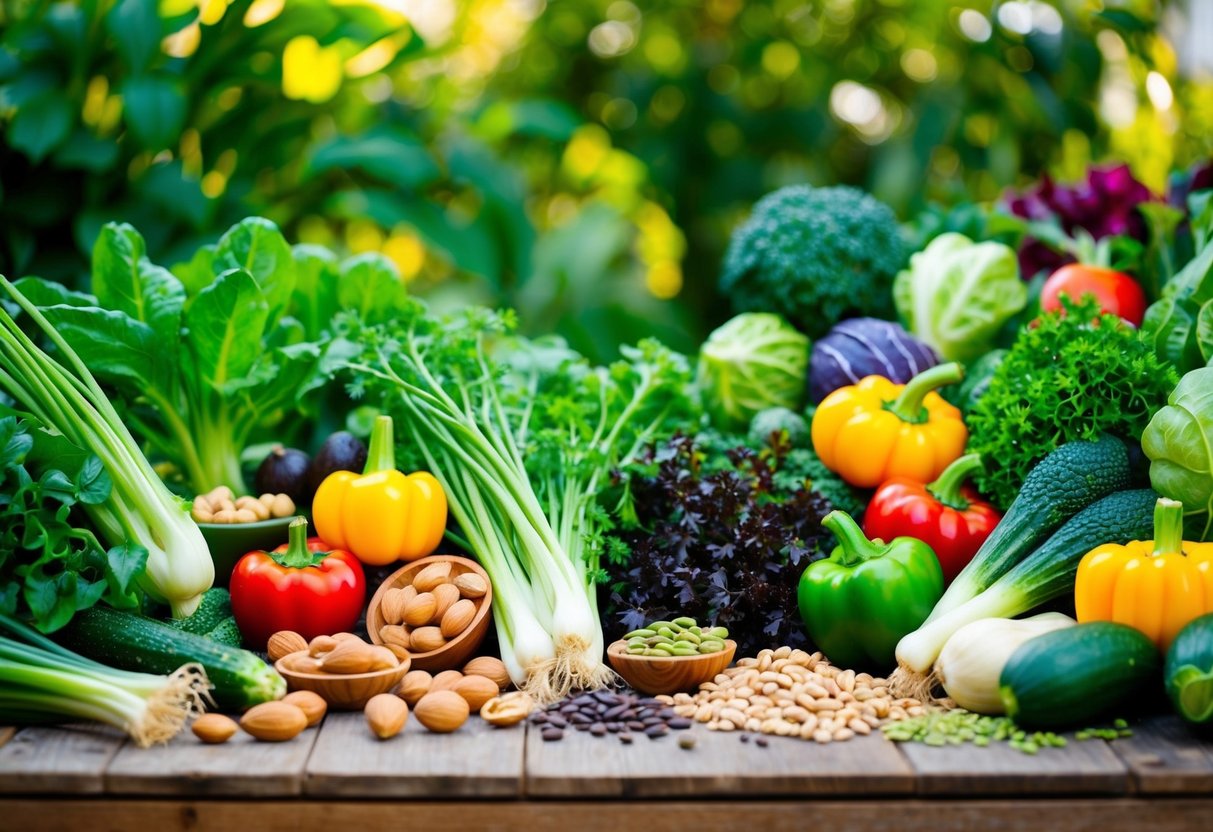
The green keto diet offers a nutrient-rich, low-carb approach that is more sustainable than traditional methods.
While it shares the same low-carb principles as the typical keto diet, its emphasis on greens provides essential vitamins and minerals that can sometimes be lacking in other low-carb diets.
This makes it an appealing option for those interested in both health benefits and maintaining a balanced diet.
Exploring the potential of a green keto lifestyle could be worthwhile for those looking to combine the advantages of keto with the nutritional benefits of a plant-based approach.
By including various greens and healthy fats, the green keto diet offers a path to better health and wellness.
New to keto? Start with our 7-Day Custom Keto Diet Meal Plan for Beginners!
Want a personalized keto meal plan? Check out this Custom Keto Diet designed for your body and goals!
Key Takeaways
- Green keto combines low-carb eating with nutrient-rich greens.
- Emphasizes vegetables, providing essential nutrients.
- Supports sustainable and balanced low-carb living.
Understanding the Basics of a Keto Diet
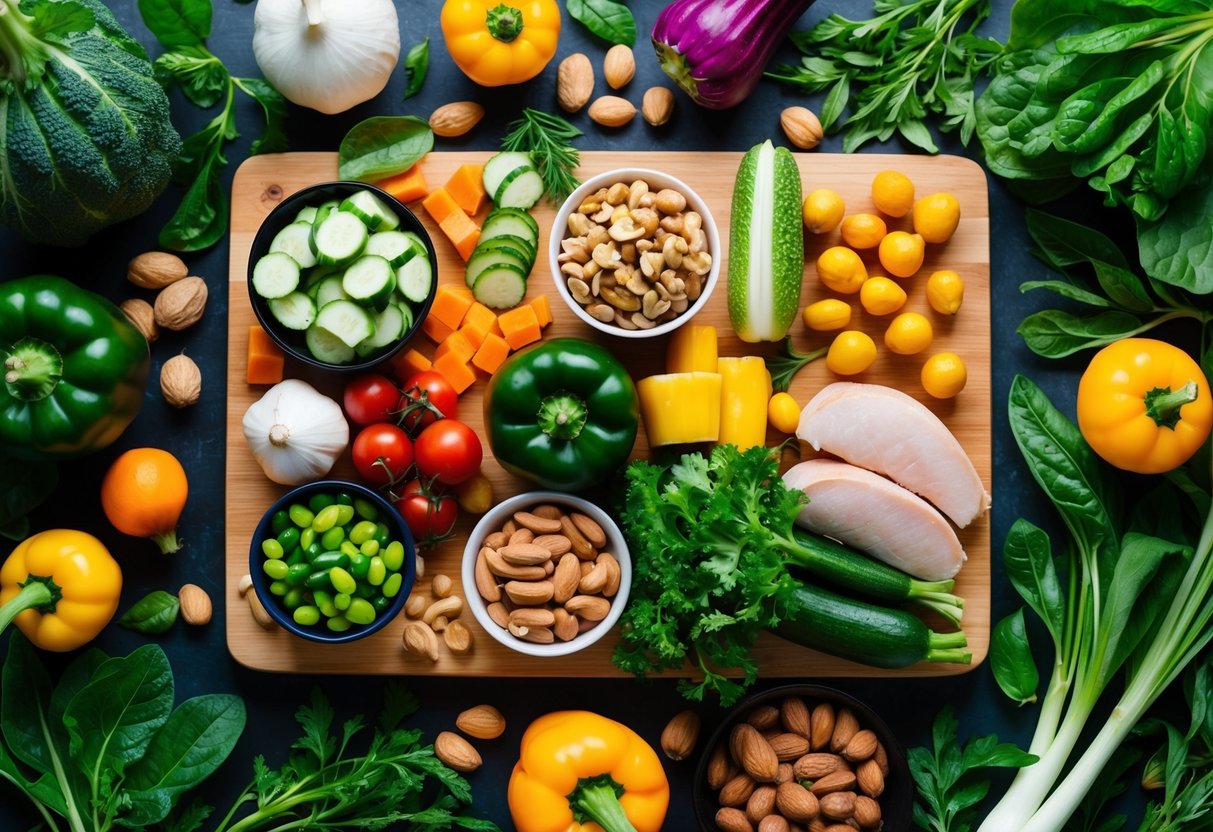
A ketogenic diet is a high-fat, low-carbohydrate eating plan designed to switch the body’s primary energy source from carbohydrates to fats. This shift leads to ketosis, a natural metabolic state.
Fundamentals of Ketosis
Ketosis occurs when carbohydrate intake is reduced significantly, prompting the body to burn stored fat for energy.
Instead of relying on glucose, the body produces ketones from fats, offering an alternative fuel source.
Ketosis is essential for the effectiveness of a ketogenic diet and can be measured through blood, urine, or breath tests.
This state often leads to increased fat burning and is associated with various benefits like enhanced mental clarity and more stable energy levels.
Consistent monitoring of macronutrient intake is vital to maintain ketosis effectively.
Comparison of Standard and Green Keto Diets
The standard ketogenic diet (SKD) typically involves the following macronutrient ratios: 70-80% from fat, 10-20% from protein, and 5-10% from carbohydrates. This structure helps the body stay in ketosis. The primary goal is effective weight loss and improved energy utilization.
Conversely, the Green Keto Diet emphasizes plant-based fats and proteins, offering a more sustainable approach.
It incorporates more vegetables and plant-based foods, reducing the environmental impact compared to traditional keto, which often relies on animal products.
This variation aims to balance health benefits with sustainability by integrating nutrient-rich plant foods while keeping carbohydrates low.
Curious how fasting can speed up ketosis? Read our guide on How Intermittent Fasting Works with Keto to Accelerate Fat Loss
Nutritional Composition and Health Benefits
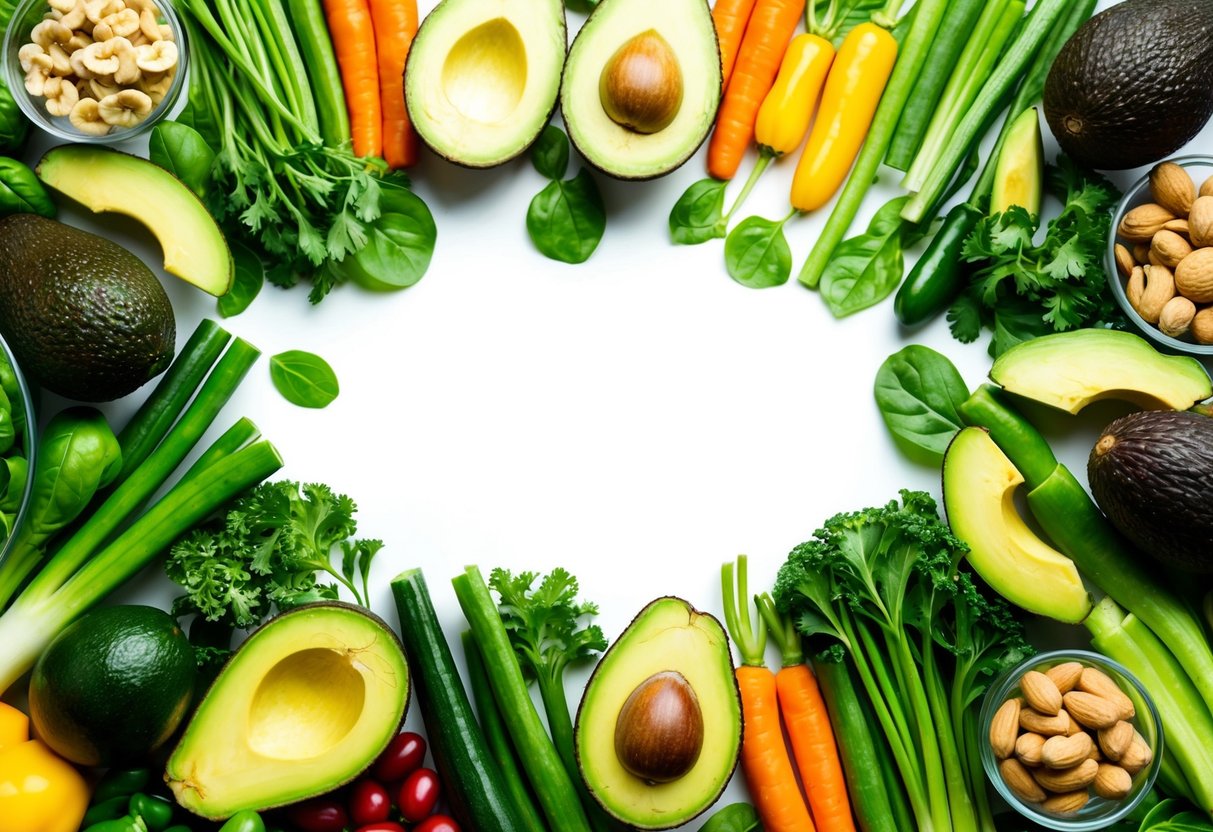
The Green Keto Diet is rich in healthy fats, moderate in proteins, and low in carbohydrates. This balance supports energy stability and promotes weight management.
Additionally, it provides essential vitamins and minerals that contribute to overall health. The diet may also offer advantages for managing chronic diseases like diabetes and cancer.
Macronutrient Ratios: Fats, Proteins, and Carbohydrates
The Green Keto Diet typically emphasizes healthy fats like those found in avocados, nuts, and olive oil.
These fats support energy levels and may help in reducing inflammation.
Proteins in this diet often come from plant sources such as tofu and legumes, providing essential amino acids necessary for muscle maintenance and overall body function.
Carbohydrates are kept low, usually under 50 grams per day, to promote ketosis.
In this state, the body burns fat for fuel instead of glucose. This can aid in weight loss and improve energy efficiency.
A focus on low-carb vegetables adds fiber, aiding digestion and supporting heart health.
Not sure how to balance your macros? Check out our guide on How to Calculate Macros for Keto.
Micronutrients: Vitamins and Minerals
The Green Keto Diet incorporates plenty of vegetables, which are high in essential vitamins and minerals.
Leafy greens, for example, provide vitamins A, C, and K, along with minerals like calcium and iron. These nutrients support bone health, immune function, and overall vitality.
Nuts and seeds contribute magnesium and zinc.
Magnesium aids in muscle function and glucose metabolism, while zinc supports the immune system and wound healing.
These micronutrients are crucial, as they ensure proper body functioning despite the low carbohydrate intake.
Advantages for Chronic Diseases
This diet might offer benefits for chronic conditions. For diabetes, the low-carb nature helps regulate blood sugar levels and improve insulin sensitivity. It leads to better management of glucose levels for individuals with insulin resistance.
There is ongoing research into its effects on cancer management.
Some studies suggest that ketosis might reduce the growth of certain cancers by limiting glucose availability.
Additionally, the antioxidants present in vegetables and nuts may help reduce oxidative stress, a factor linked to cancer progression.
Key Foods and Ingredients in Green Keto
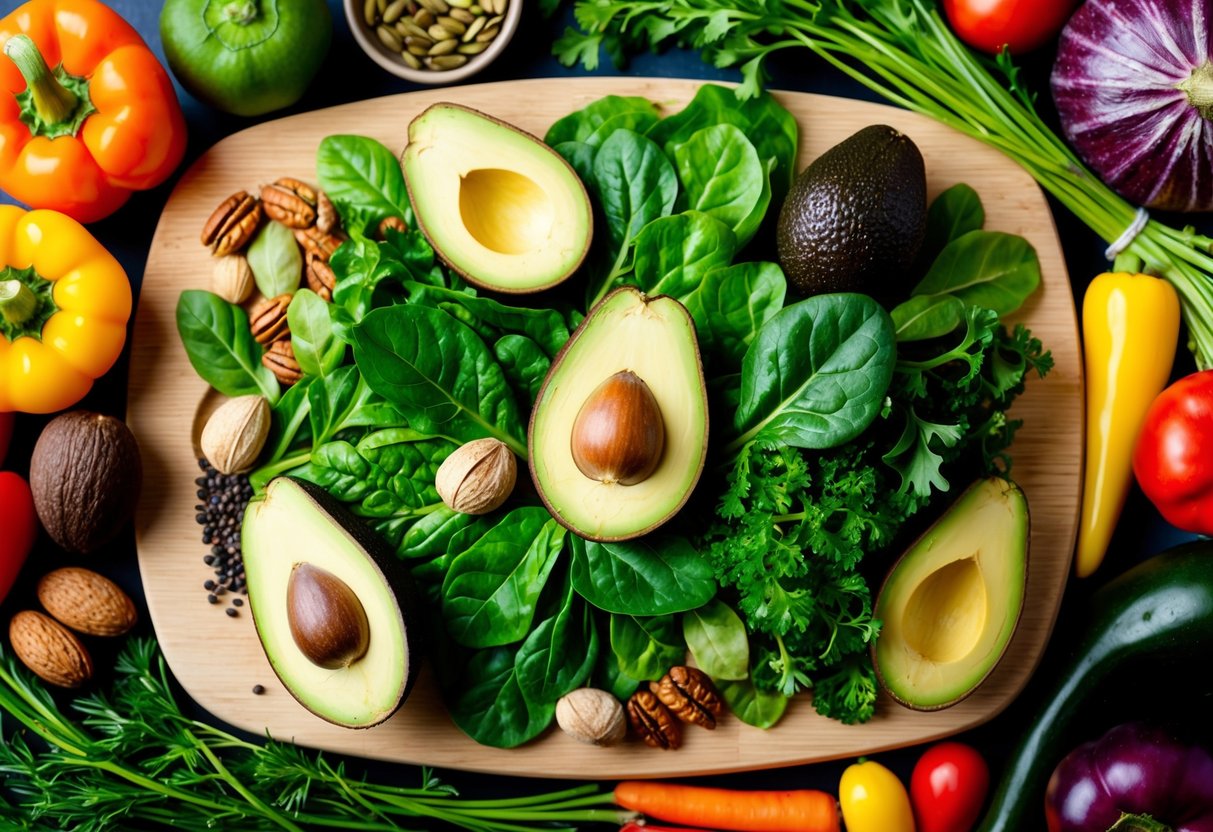
The Green Keto diet emphasizes high-quality proteins, healthy fats, and low-carb vegetables. These foods provide essential nutrients while keeping carbohydrate intake low.
High-Quality Proteins and Fats
Proteins and fats play a vital role in the Green Keto diet.
Meat, fish, and eggs are excellent sources of protein. They are packed with essential amino acids and contribute to muscle maintenance.
Avocado and olive oil provide healthy fats, which are crucial for energy. These fats also support brain health and heart function.
Fatty fish like salmon and mackerel contain omega-3s, beneficial for heart and brain health.
Plant-based proteins, such as tofu and tempeh, offer alternatives to meat.
Incorporating a balance of these proteins and fats keeps meals nutritious and satisfying.
Low-Carb Vegetables and Fruits
Low-carb vegetables are a cornerstone of the Green Keto diet.
Vegetables like spinach, broccoli, and zucchini are rich in vitamins and minerals while being low in carbohydrates. These vegetables also provide fiber, aiding digestion and promoting satiety.
Leafy greens such as kale and Swiss chard are nutrient-dense options. They are versatile and can be included in salads or as side dishes.
Berries can be enjoyed in moderation for a touch of sweetness while keeping within carb limits. Choosing from these vegetables and fruits ensures adequate nutrient intake with minimal carbs.
Discover the best keto-friendly vegetables in our Ultimate Guide to Low-Carb Vegetables.
Nuts, Seeds, and Dairy Alternatives
Nuts and seeds offer healthy fats and protein.
Options like almonds and chia seeds add crunch and nutrition to meals. They provide important nutrients such as magnesium and vitamin E.
Dairy alternatives like almond or coconut milk can replace traditional dairy products. These options are lower in carbs while still supplying essential nutrients.
Including a variety of nuts, seeds, and dairy substitutes helps in maintaining nutrient balance. These ingredients add flavor and texture to meals, enhancing the Green Keto experience.
Managing Carb Intake and Avoiding Pitfalls
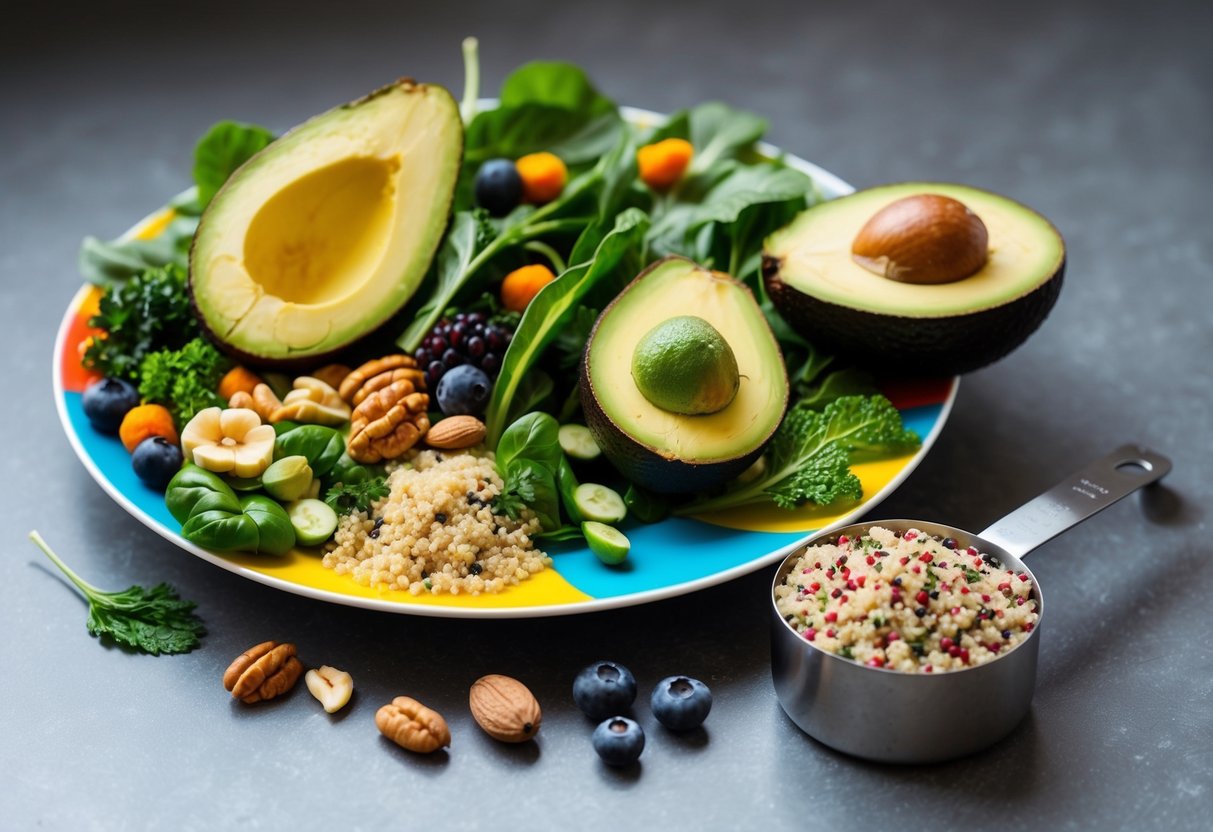
A green keto diet focuses on managing carbohydrate intake with emphasis on non-starchy vegetables. Understanding net carbs, avoiding common diet mistakes, and managing energy levels, especially during keto flu, is crucial for success.
Calculating Net Carbs
Net carbs are the total carbohydrates in a food minus the fiber content. This is important because fiber does not raise blood sugar levels and is subtracted to calculate net carbs.
For example, if a food has 10 grams of total carbs and 4 grams of fiber, the net carbs are 6 grams.
It’s important to track net carbs to maintain ketosis. Many people on a keto diet aim for a low daily net carb count, often around 20-50 grams.
Including non-starchy vegetables like spinach and broccoli can help keep net carbs low while providing essential nutrients.
Not losing weight on keto? Find out why in our article Why Am I Not Losing Weight on Keto?.
Common Mistakes and How to Avoid Them
One mistake people make on a keto diet is consuming hidden carb sources, such as added sugars found in sauces and snacks.
Another pitfall is overeating processed foods like low-carb cookies that can contain unhealthy trans fats.
To avoid these mistakes, it helps to read labels and choose whole, unprocessed foods.
Additionally, balancing macronutrients by including healthy fats and moderate protein can promote satiety and prevent overeating.
Struggling with keto? Get expert guidance and a custom plan with Custom Keto Diet!
Dealing with Keto Flu and Energy Levels
Keto flu is a set of symptoms some experience when first cutting carbs. Symptoms might include headaches, fatigue, and irritability. This happens as the body adjusts from burning sugar to fat for energy.
To combat keto flu, it’s crucial to stay hydrated and replenish electrolytes like sodium and potassium.
Eating enough fats can also help maintain energy levels. As the body adapts, energy levels typically stabilize, making it easier to stick to a low-carb diet long-term.
Check out these top selling supplements from Amazon to help you with keto flu below.
Green Keto Diet in Special Conditions
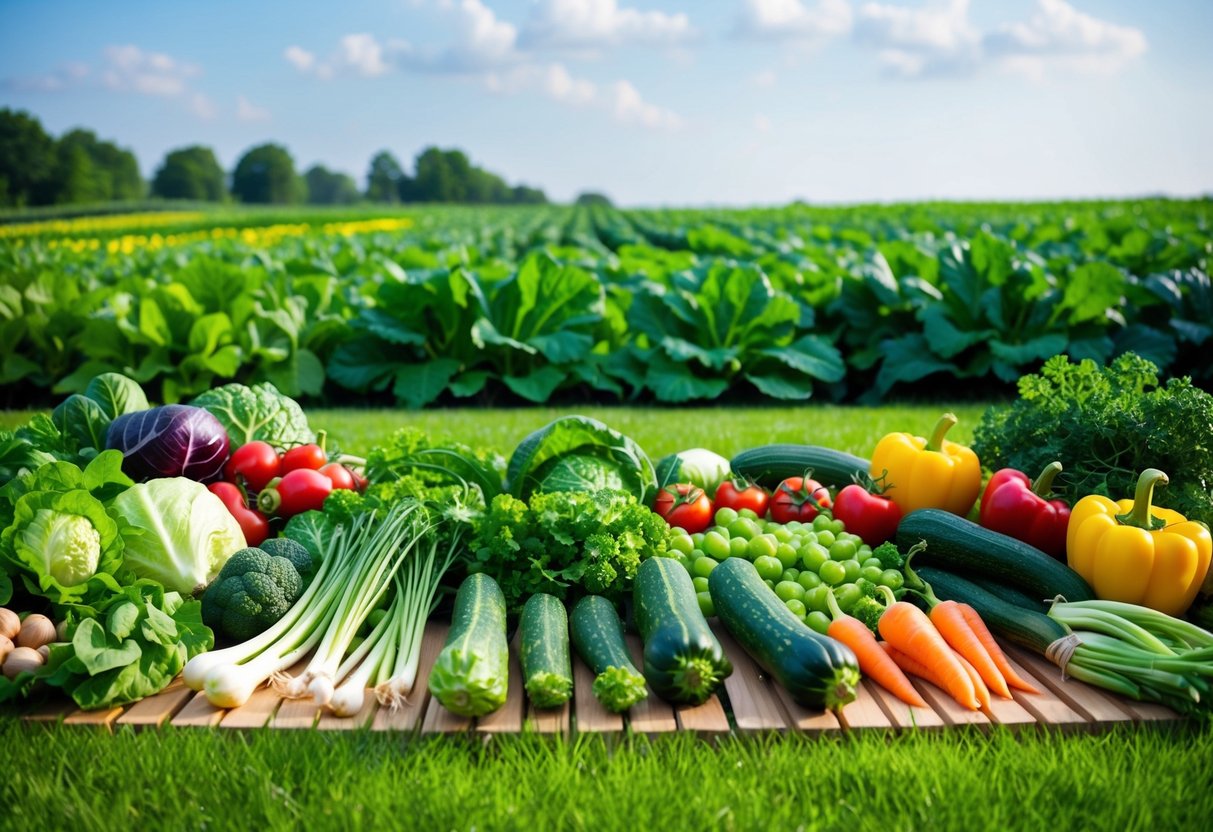
The Green Keto Diet can be tailored for specific needs, such as for vegetarians, vegans, or those with certain medical conditions. It offers nutrient-rich, low-carb options suitable for these lifestyles and health challenges.
Adapting Keto for Vegetarians and Vegans
Vegetarians and vegans can modify the Green Keto Diet by focusing on plant-based fats and protein sources.
Avocados, nuts, seeds, and coconut oil are excellent fat sources. For protein, they can include tofu, tempeh, and seitan.
Green vegetables like spinach, kale, and broccoli provide essential nutrients while being low in carbohydrates.
Whole, plant-based foods are key to maintaining ketosis and ensuring nutrient intake. Meal planning and tracking are important to meet macro requirements without animal products.
Learn how to do keto without meat in our guide on Keto for Vegetarians and Vegans.
Keto Diet as a Treatment for Medical Conditions
The ketogenic diet has been used in the management of certain medical conditions, notably epilepsy. A green-focused keto can help by providing more antioxidants and vitamins.
This diet emphasizes the intake of low-carb, plant-rich foods while maintaining high fat intake to support the body’s needs.
For those with epilepsy, the ketones produced may help reduce seizure frequency. Scientific studies support its use as an adjunct treatment.
It’s important to work with healthcare professionals to ensure the diet is properly balanced for individual health needs.
Tracking Progress and Adjusting Your Diet
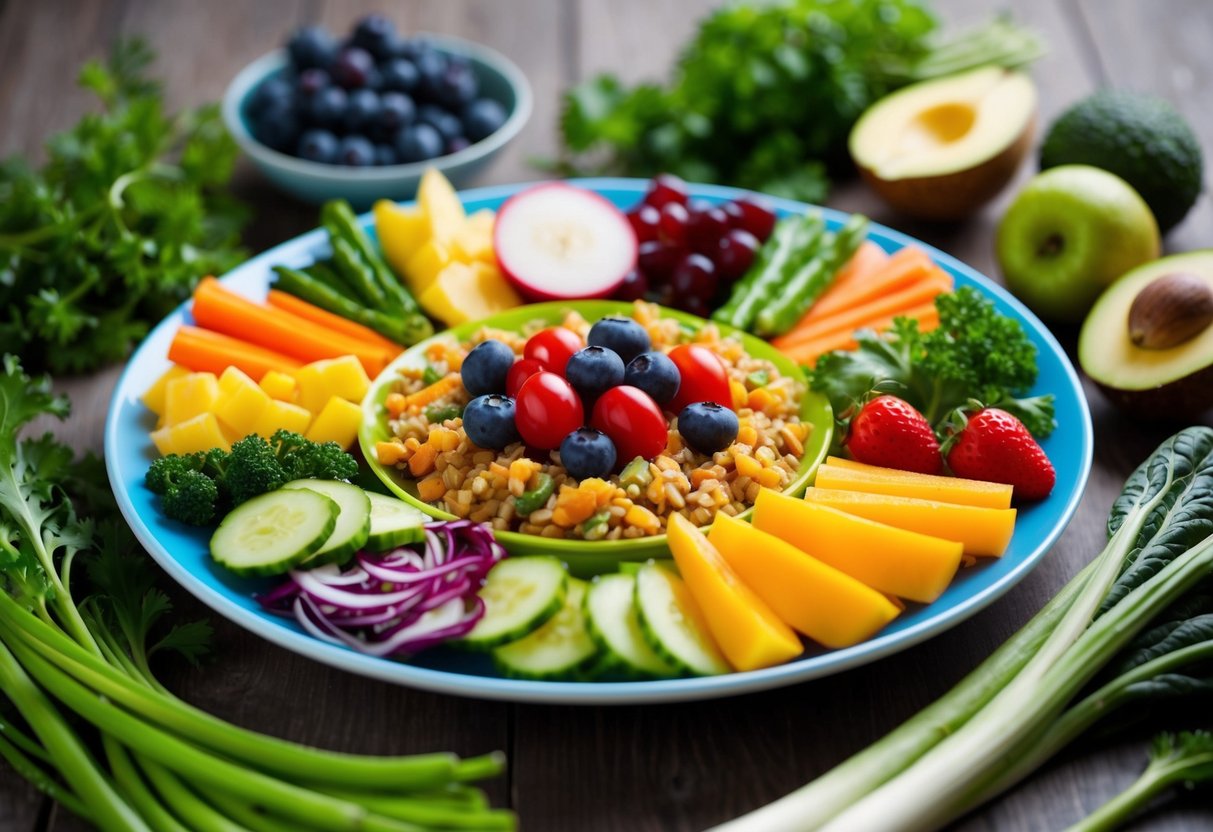
Tracking progress is key to staying on course with a Green Keto diet. Using a journal or apps designed for keto can be helpful.
They can record daily macros, weight changes, and energy levels.
Regularly reviewing this information helps identify patterns or areas for improvement.
It’s important to keep an eye on how the body responds. If energy levels dip or weight loss stalls, it might be time to adjust calorie intake or macronutrient ratios.
Small changes can make a big difference.
Checking ketone levels can also indicate how well the diet is working. Tools like ketone strips are useful to measure ketosis.
Seeing improvements can be motivating and affirm the commitment to the diet.
Flexibility is essential. If a certain food isn’t working, try switching it for something else.
This approach ensures that the diet remains both enjoyable and effective.
They can choose from a list of fiber-rich veggies and healthy fats to keep meals interesting.
Consultation with a healthcare professional can provide additional guidance. Regular assessments ensure the diet continues to meet personal health goals.
Try these best selling tools to help you with tracking on keto journey below.
Frequently Asked Questions
The Green Keto Diet blends the classic keto plan with plant-based choices. This approach can offer potential health benefits while ensuring a balanced diet rich in nutrients.
What are the health benefits and potential drawbacks of a keto diet?
The keto diet can promote weight loss and help manage appetite. Some people notice better energy levels and mental clarity.
However, it comes with risks such as nutrient deficiencies and potential negative effects on heart health if not carefully managed.
How can you start a keto diet at home without any cost?
Beginning a keto diet at home involves focusing on low-carb meals. Start by removing processed foods and sugary items.
Emphasize whole foods like vegetables, lean meats, and healthy fats. No special products or diet programs are needed to begin this way of eating.
What should you eat on a keto diet to ensure proper nutrition?
To maintain good nutrition on a keto diet, choose a variety of vegetables, nuts, seeds, and healthy fats such as olive oil.
Incorporate high-quality proteins like fish, eggs, and poultry. This assortment helps provide essential vitamins and minerals alongside the low-carbohydrate intake.
What are the long-term impacts of following a keto diet?
Long-term effects can include sustained weight control for some, as well as improvements in blood sugar levels.
However, sticking to this diet might lead to low intake of certain nutrients and an increased risk of heart issues if not balanced with nutrient-rich foods.
How does the green keto diet differ from the traditional keto diet?
The Green Keto Diet focuses on more plant-based options while still limiting carbohydrates. Foods like avocados, nuts, seeds, and leafy greens take center stage.
This variant encourages more fiber and phytonutrients compared to the traditional focus on animal-based fats and proteins.
Is it possible to lose a significant amount of weight rapidly with a keto diet?
Many experience rapid initial weight loss due to water loss when starting a keto diet. The diet’s nature also promotes fat loss over time, which can lead to significant weight differences.
Each person’s results will vary based on their unique metabolism and adherence to the diet.
Conclusion
The Green Keto Diet offers a unique twist on the traditional ketogenic approach by focusing on plant-based foods.
It encourages the consumption of whole, nutrient-dense vegetables while maintaining the low-carb, high-fat principles of keto.
This diet is designed to support weight loss and improve metabolic health.
Many people find it useful for managing blood sugar levels and enhancing overall energy.
The integration of plant-based foods adds variety and nutrients that are beneficial for long-term health.
Green vegetables, healthy fats like avocados, and plant-based proteins are staples.
Studies highlight the potential benefits of ketogenic diets, including weight loss and improved lipid levels.
The Green Keto Diet applies these findings with an emphasis on sustainability and balanced nutrition.
By prioritizing plant-based ingredients, this diet can appeal to those looking for an eco-friendly lifestyle.
It aligns with goals for supporting personal health and the environment.
Overall, the Green Keto Diet offers a practical path for people interested in a low-carb lifestyle.
It combines the benefits of a keto diet with the values of a plant-centered approach.
Ready to see real results? Start your Custom Keto Diet now and take control of your health!





